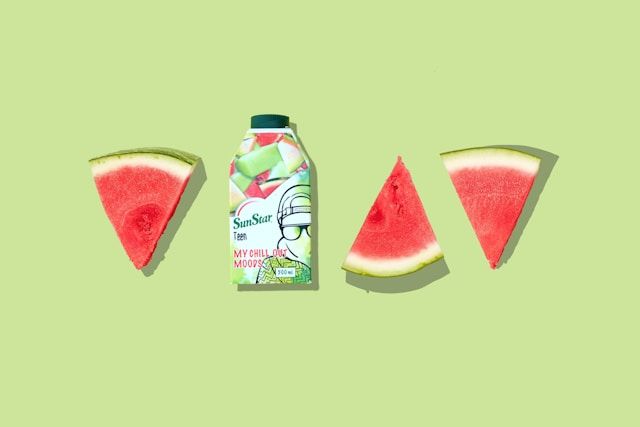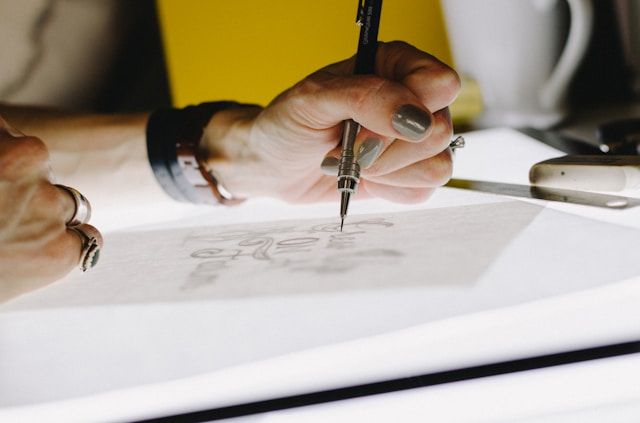The term “product design” is often thrown around with a mix of excitement and mystery. But what does it actually mean? At its core, product design is the art and science of creating a new product to be sold to customers.
It involves a broad range of disciplines, from aesthetics and usability to functionality and ergonomics, all coming together to solve specific problems and meet the needs of users.
Understanding Product Design
Product design is not just about how a product looks, but how it works and how users interact with it. It starts with an idea or a need, which is then transformed into a tangible, functional product through a series of carefully planned stages.
These stages often include research, ideation, prototyping, testing, and iteration. The ultimate goal is to create a product that not only looks good but also delivers a seamless, satisfying experience to the user.
The process of product design can vary widely depending on the industry, the complexity of the product, and the specific needs of the target audience.
However, most successful product designs share a common approach: they put the user at the center of the process, ensuring that every decision is made with the end-user in mind.
The Product Design Process
The product design process typically involves several key steps, each of which plays a crucial role in bringing a product to life:
- Research and Discovery: This initial stage is all about understanding the problem that needs to be solved. Designers conduct research to gather insights into the market, the competition, and the needs and desires of potential users. This stage may involve surveys, interviews, focus groups, and other forms of data collection to build a comprehensive picture of the problem space.
- Ideation and Concept Development: Armed with research insights, designers begin brainstorming ideas and exploring potential solutions. This stage is highly creative, often involving sketching, mind mapping, and other techniques to generate a wide range of concepts. The goal is to explore as many ideas as possible before narrowing down to a few promising options.
- Prototyping and Testing: Once a concept has been selected, designers create prototypes to bring the idea to life. Prototypes can range from simple sketches or wireframes to more complex, interactive models that simulate the final product. These prototypes are then tested with real users to gather feedback and identify any issues or areas for improvement.
- Iteration and Refinement: Based on the feedback from testing, designers refine and iterate on their prototypes, making adjustments to improve the design. This stage may involve multiple rounds of testing and iteration, with each round bringing the product closer to its final form.
- Finalization and Launch: Once the design has been refined and tested to the point of satisfaction, it moves into the finalization stage. This involves preparing the product for manufacturing or development, ensuring that all technical specifications are met and that the product is ready for launch.
Challenges in Product Design
While the product design process may seem straightforward on paper, it is often fraught with challenges. These challenges can range from technical hurdles and resource constraints to issues related to user expectations and market trends.
One of the most common challenges in product design is balancing functionality with aesthetics. Designers must create products that are not only beautiful but also practical and easy to use.
This often requires careful consideration of materials, ergonomics, and user interfaces, as well as a deep understanding of the target audience.
Another challenge is keeping up with rapidly evolving technology and consumer preferences. In today’s digital age, new tools and techniques are constantly emerging, making it difficult for designers to stay ahead of the curve. This is where AI-powered product design can play a transformative role, helping designers to create smarter, more responsive products that meet the needs of modern users.
Solutions and Best Practices
Despite these challenges, there are several best practices that can help designers navigate the complexities of product design and create successful, user-centric products:
- Adopt a User-Centered Approach: One of the most important principles of product design is to put the user at the center of the process. By focusing on the needs, desires, and pain points of users, designers can create products that truly resonate with their audience and provide real value.
- Embrace Collaboration and Feedback: Product design is rarely a solo endeavor. It often involves collaboration with other designers, engineers, marketers, and stakeholders. By fostering a culture of collaboration and encouraging open feedback, designers can tap into a wealth of diverse perspectives and ideas.
- Leverage Technology and Innovation: In today’s digital age, technology plays a crucial role in product design. Tools like computer-aided design (CAD) software, 3D printing, and virtual reality (VR) can help designers visualize and prototype their ideas more effectively. Furthermore, AI-powered product design can help designers analyze vast amounts of data and identify patterns that might not be immediately apparent, leading to more innovative and effective solutions.
- Stay Agile and Adaptable: The product design process is rarely linear. It often involves multiple iterations and revisions, as designers test and refine their ideas. By staying agile and adaptable, designers can quickly respond to feedback and make adjustments as needed, ensuring that the final product meets the needs of users and the demands of the market.
The Future of Product Design
As technology continues to evolve, the field of product design is likely to see even more significant changes in the coming years.
AI-powered product design is already making waves, offering new ways to analyze data, predict user behavior, and create more personalized, responsive products.
In the future, we can expect to see even more advanced tools and techniques that will empower designers to create smarter, more innovative products that push the boundaries of what’s possible.
In addition to leveraging technology, future product design will likely place even greater emphasis on sustainability and ethical considerations.
As consumers become more aware of the environmental and social impact of their purchases, designers will need to think more critically about the materials they use, the processes they employ, and the long-term impact of their products.
Product design is a complex, multifaceted process that requires a deep understanding of users, markets, and technology.
While it can be challenging, it is also incredibly rewarding, offering designers the opportunity to create products that solve real problems and improve people’s lives.
Whether you’re a seasoned designer or just starting out, it’s important to stay curious, embrace new technologies like AI-powered product design, and always keep the user at the heart of your process. Also, keep in mind the importance of giving your products online visibility with a great website.
By doing so, you’ll be well-equipped to navigate the challenges of product design and create innovative, impactful products that stand the test of time.




